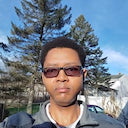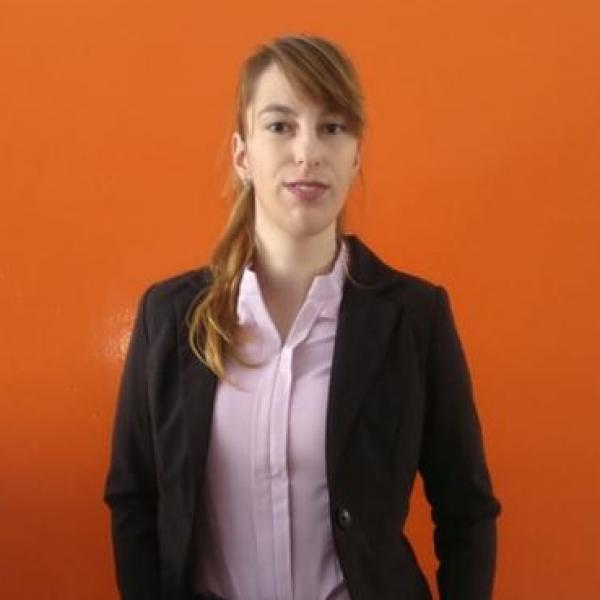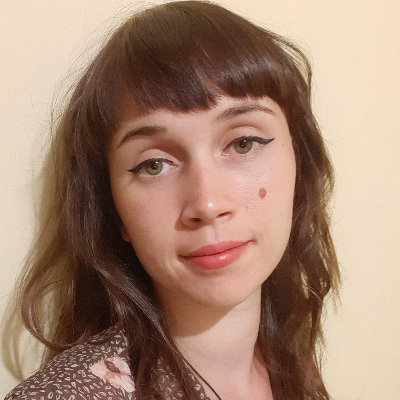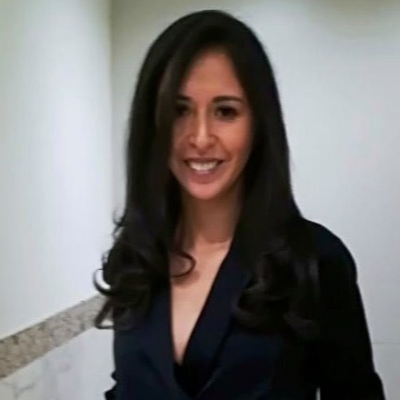Renaissance Art
Homework Help & Tutoring
We offer an array of different online Renaissance Art tutors, all of whom are advanced in their fields and highly qualified to instruct you.
Renaissance Art
How the Renaissance Affected the World of Art
Essentially, the Renaissance was the rebirth of classical antiquity; the rediscovery of a forgotten style of art and architecture - as well as sculpture and literature - by the thinkers of Ancient Greece and Rome, and this was used as the foundation for new developments in these fields. It therefore follows that the art and architecture of the Renaissance period reflected the ideas and concerns prevalent amongst the great minds of those bygone civilizations. A major consequence of the Renaissance was the establishment of Humanism, an intellectual movement affecting not only education - both artistic and scientific – but also man’s perceptions of religion, resulting in a new set of moral values. Humanism, ‘the mystical ideal of human nobility’,1 propagated a new view of man in his relation to the universe, resulting in a New Rationalism, which manifested itself in the art and architecture of the period.
Although religious themes figured largely in the art of the Renaissance period, these no longer dominated the artistic works. The new view of man had its repercussions on the art of the era. There was a shift in ideas that one might venture to suggest shows that not only the statue escaped the confines of the niche during this period. The human form took a bold step forward, and artists began to paint God in man’s image! There was an idealistic image of the human form prevalent amongst some Renaissance artists – partly because of Plato’s concepts, and partly their pursuit of beauty. They flirted with mathematical rules of proportion and ideals of nature, rather than attempting to replicate specific examples. Generally, however, the artist was concerned with verisimilitude, and to achieve this the artist had to turn to nature itself.
Leonardo da Vinci’s desire for perfect depiction led him to detailed study of the natural world and human anatomy to produce realism and proportion. He adopted Plato’s 13:8 ratio for the perfect proportions of nature. He took careful note of wind and cloud formations. He investigated the properties of plants and the course of the sun and moon in the heavens in his endeavour to understand the mysteries of the universe. Above all, he acknowledged the study of mathematics to be essential to understanding the reason of nature, of which art is a second creation, brought about by the imagination.
There was a new interest in and respect for the organic world, shown in the artists’ attempts to capture realistic landscapes. Trees and animals began to crowd the pictures, showing this new interest in the natural world and man’s command over it. The anatomy and evolution of animals, and the medicinal properties of plants began to arouse interest, and this was manifested in the art. As the healing or active medical properties of plants began to be recognised, their accurate depiction in textbook illustrations received considerable attention – herbal books being the most popular printed works in the sixteenth and seventeenth centuries. This awakening of interest in nature was evident on a domestic level too, where, to compliment the new houses of the Renaissance being designed more for beauty than strength, new attention was given to gardens. In an attempt to understand and even tame nature, symmetry and harmony was shaped from the earth.
In the preceding Medieval times, the art works were predominantly devoted to religious themes, with the prevalent view that God dictated and man merely accepted. The Renaissance saw ‘the invasion of man and his world into the domain of the arts’.2
The depiction of nudity in painting and sculpting was an innovative step. In the past, nudity had been associated with shame, in particular, the shame of Adam and Eve in their expulsion from paradise (Masaccio, 1426). The Renaissance artists no longer saw the human body as a holy vessel not to be tampered with. As early as 1300, Giotto broke away from these ideas and concerned himself with realistic, solid depictions of figures and backgrounds, and by the beginning of the fifteenth century, this style had become widespread amongst painters as classical rules for proportion and perspective became available to them.
Another significant attempt at capturing the beauties of nature is shown in Masaccio’s experiments with light and shade (chiaroscuro), to create atmospheric perspective in the changing tone of the landscape. According to Vassari3, Masaccio perceived that the best painters followed nature as closely as possible. In tribute to his successful endeavours, his epitaph by Annibal Caro reads:
I gave my figures movement, passion, soul:
They breathed.
Vasari’s revealing remarks on another artist, Uccello, who experimented with different angles to create greater realism in perspective, give us some idea of the artists’ view of nature. Uccello’s fanatical concentration on the minutiae instead of nature as a whole had the inevitable consequence of mental and physical poverty – Uccello ending his days as a ‘solitary, eccentric and melancholy’ man.3
Other examples of man’s increasing awareness of his own importance in the cosmos are manifested in the artists’ incorporation of themselves and their contemporaries in their paintings - often in classical guise in biblical scenes – and by their rejection of anonymity: artists began to sign their works. The three-dimensional naturalism of the physical world was achieved, allowing the onlooker the illusion that he could enter the work both spiritually and physically. The motions of the universe interested the artists who attempted to recrate ideas of motion in their paintings, developing the method of ‘continuous narration’ (e.g. in Masaccio’s ‘Tribute Money’).
As we have seen, Renaissance art became more and more the visible record of the creative mind of the artist. This was a mind acutely aware of the beauties of nature and the cosmos, and no longer baffled by the perplexities of its language. Artists were being educated for the first time, and educated in a specific way – in the Studia Humanitatis with Platonic philosophy interpenetrating Aristotelian beliefs, resulting in a move away from the Averroistic doctrine of the Middle Ages, with its denial of human individuality or ego.
The artists’ concern for beauty was an expression of intellect as well as ego, in line with Plato’s belief that beauty is the only aspect of absolute wisdom that can manifest itself physically, and therefore man’s route to wisdom is in pursuing beauty. A love of wisdom brings forth beautiful ideas, but this must not preclude realism and reason, for Plato claimed that strict knowledge is only possible of the unchanging, the eternal truths, which recur throughout the cosmos, and which are vital to the understanding of nature.
What was manifest in Renaissance art and architecture was the establishment of a set of rules for distinguishing the true from the false, by which means the artists investigated the phenomena of nature and the universe. The result of this application, as we can see from the great legacy of artistic wealth surviving from that period, was a realistic depiction in art of the beauties of nature and the harmonies of the cosmos -divine laws translated into earthly language.
To fulfill our tutoring mission of online education, our college homework help and online tutoring centers are standing by 24/7, ready to assist college students who need homework help with all aspects of art and the history of art. Our art tutors can help with all your projects, large or small, and we challenge you to find better art tutoring anywhere.
Sources used/Further reading suggestions:
1. Burke, P., The Renaissance (Studies in European History), Palgrave (1997)
2. Wundrum, M., Painting of the Renaissance, Taschen GmbH (1997)
3. Vasari, G., Lives of the Artists, Modern Library Reprint (2007)
Cassirer, E., The Individual and The Cosmos in Renaissance Philosophy, University of Chicago Press (2010)
Debus, A.G., Man and Nature in the Renaissance, Cambridge University Press (1978)
Read, H., and Stangos, N., A History of Art and Artists, Thames & Hudson (1994)
College Renaissance Art Homework Help
Since we have tutors in all Renaissance Art related topics, we can provide a range of different services. Our online Renaissance Art tutors will:
- Provide specific insight for homework assignments.
- Review broad conceptual ideas and chapters.
- Simplify complex topics into digestible pieces of information.
- Answer any Renaissance Art related questions.
- Tailor instruction to fit your style of learning.
With these capabilities, our college Renaissance Art tutors will give you the tools you need to gain a comprehensive knowledge of Renaissance Art you can use in future courses.
24HourAnswers Online Renaissance Art Tutors
Our tutors are just as dedicated to your success in class as you are, so they are available around the clock to assist you with questions, homework, exam preparation and any Renaissance Art related assignments you need extra help completing.
In addition to gaining access to highly qualified tutors, you'll also strengthen your confidence level in the classroom when you work with us. This newfound confidence will allow you to apply your Renaissance Art knowledge in future courses and keep your education progressing smoothly.
Because our college Renaissance Art tutors are fully remote, seeking their help is easy. Rather than spend valuable time trying to find a local Renaissance Art tutor you can trust, just call on our tutors whenever you need them without any conflicting schedules getting in the way.





